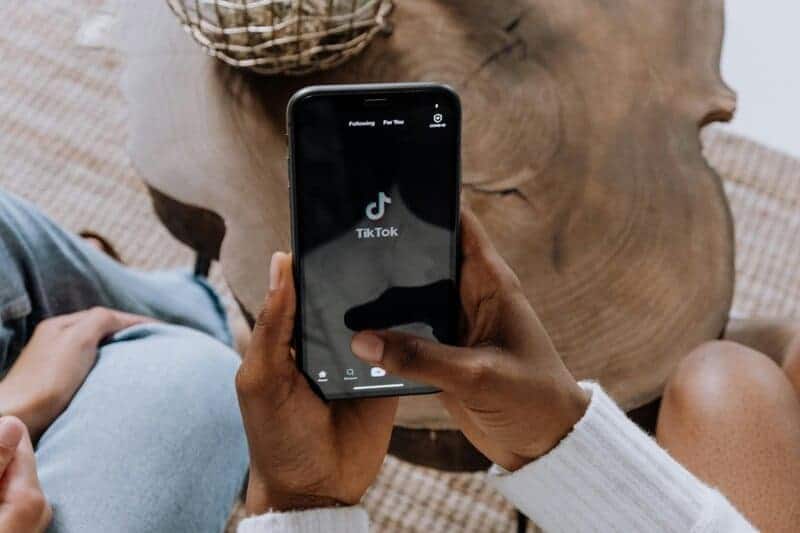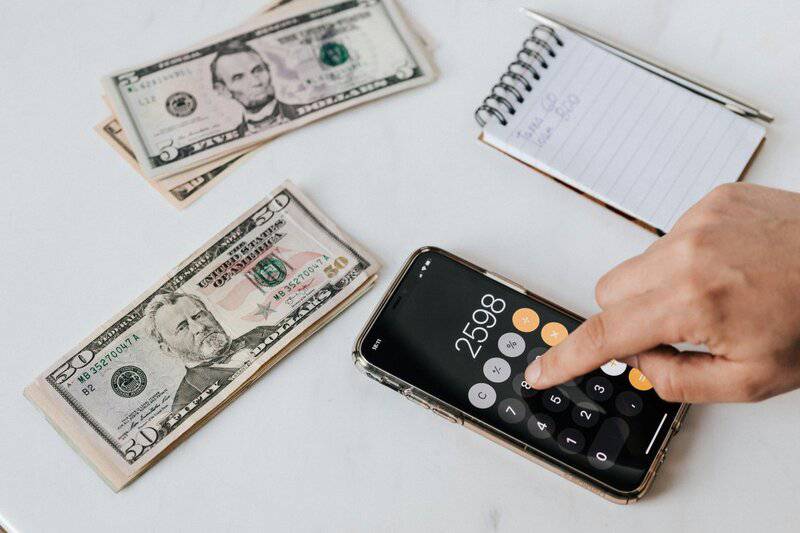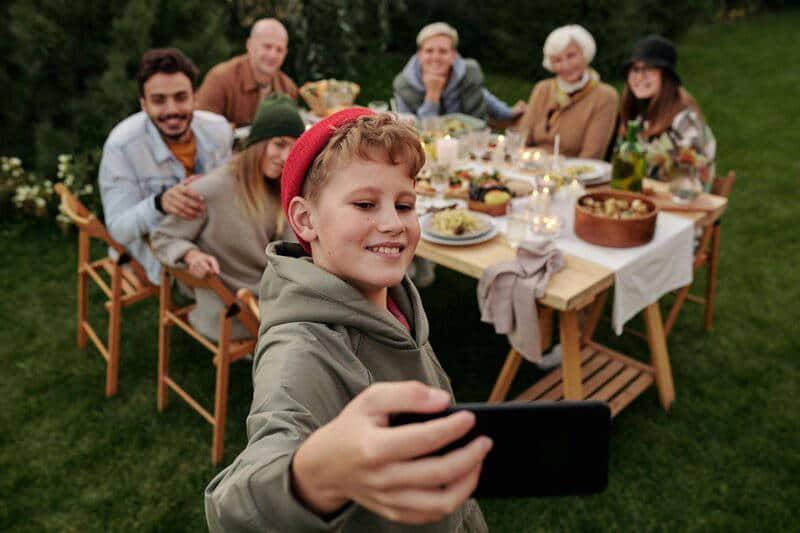What happens when you say “no” to every invitation for a whole month? Driven by curiosity and a desire to recharge, I challenged myself to decline all social plans for 30 days. Friends’ birthday parties, casual coffee catch-ups, even family dinners—I politely refused them all. I anticipated a mix of outcomes: perhaps more free time, but also possible loneliness or FOMO. Would solitude bring peace or restlessness? With equal parts excitement and apprehension, I embarked on this unusual social experiment, eager to see what surprising results might unfold.

















